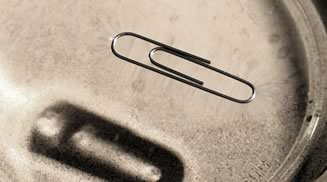☢ Testing for Simple Sugars (Benedict's Test) ☢
Rieya and I partnered up on this experiment, I took the photos while she did the experiment.
Aim
I want to find out how to test for simple sugars.
Simple sugars are carbohydrates that are quickly absorbed by the body to produce energy. They are also classified as “simple” because they contain only one or two units of sugar or saccharides. Also referred to as simple carbohydrates, these sugars are found naturally in a variety of foods that we consume daily.
www.livestrong.com
Equipment
- Safety glasses
- Bunsen burner
- Test tubes
- Test tube tongs
- Benedict's Solution
- Food sample
Method
- Place about 2mL of the food sample into a test tube and then add 5 drops of Benedict's solution and 5ml of water
- Gently heat the test tube over a blue flame. DO NOT BOIL!
Results
A positive test for a simple sugar result in Benedict's Solution changing from a blue colour to a yellow colour to an orange/red colour.
Conclusion
The colour changed, it didn't boil either which is good, the colour went from blue to orange-ish red colour and it was really cool watching the colour change, it was satisfying!













